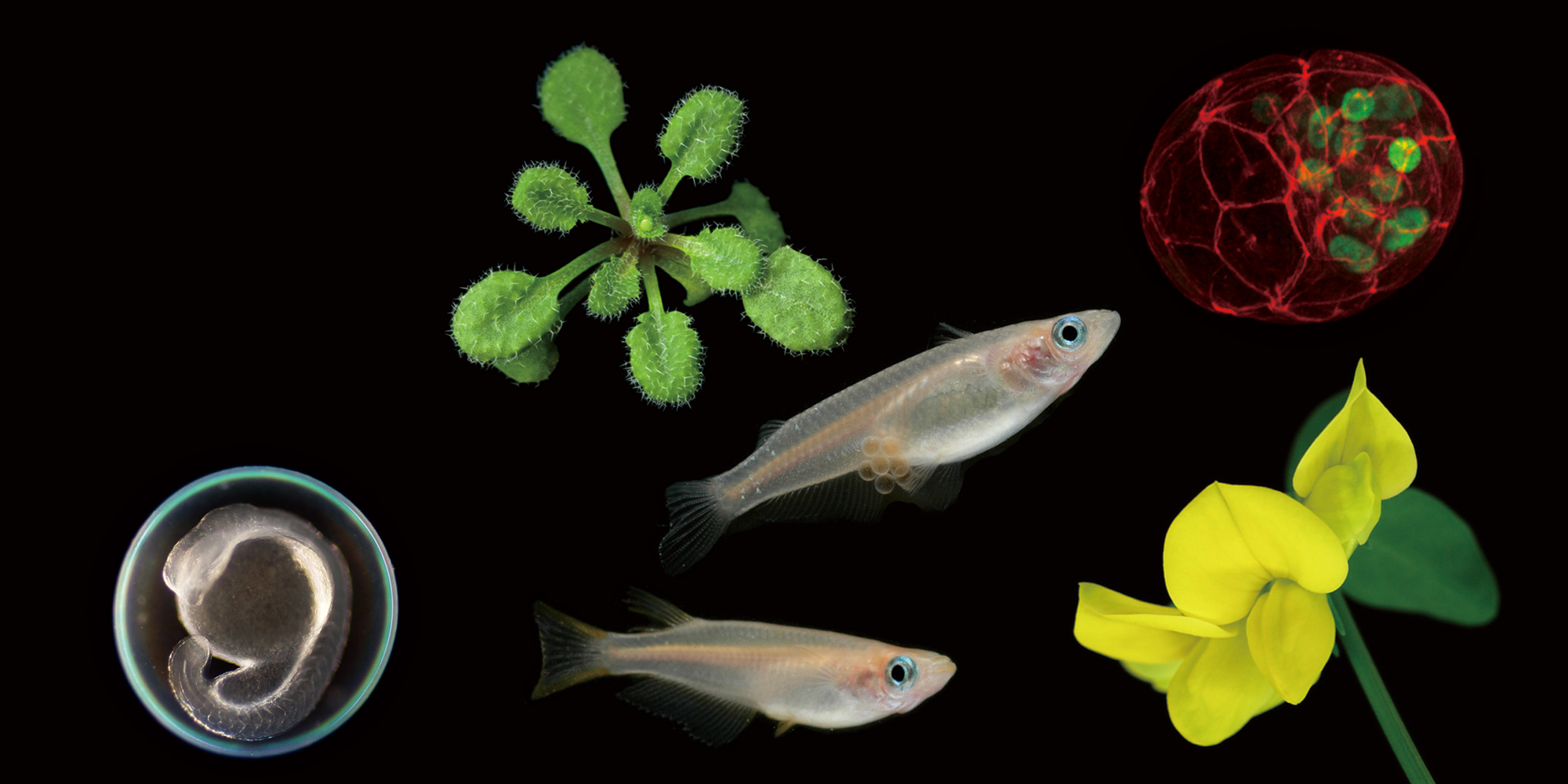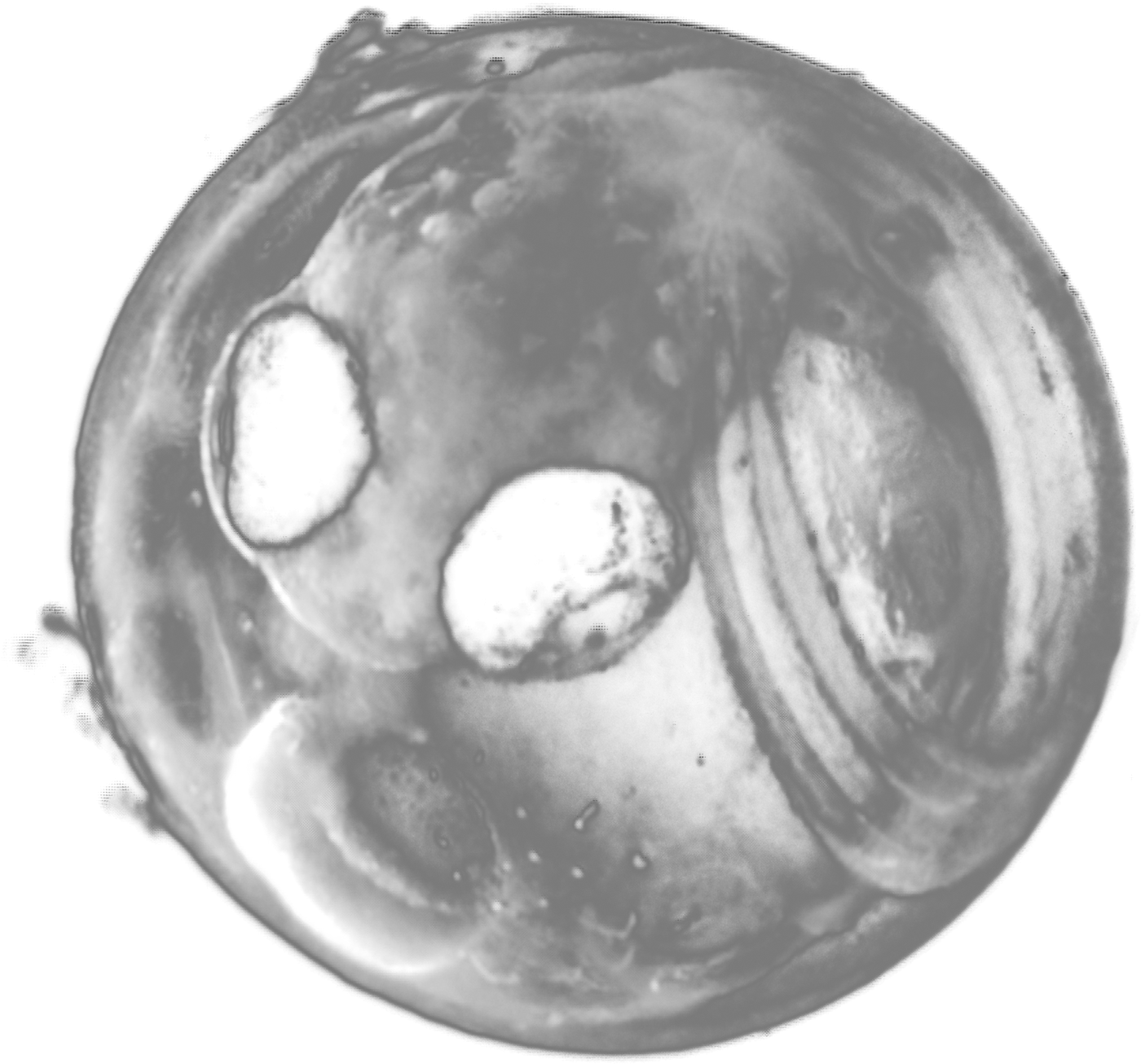2009.06.04 部門公開セミナー
Lineage specific diversification of duplicated gene function in teleost fish
横井 勇人 (オレゴン大学神経科学研究所)
2009年06月04日(木) 16:00 より 17:00 まで
基生研明大寺地区1階 第1セミナー室(132-134)
バイオリソース研究室 成瀬 清 内線7580
Small teleost fish like medaka and zebrafish are increasingly used as model organisms for vertebrate developmental genetics and human disease. Because the lineage leading to teleosts experienced a round of whole genome duplication (WGD) after it segregated from the tetrapod lineage, it is essential to consider the evolutionary consequences of duplicated genes for connectivity of teleost and tetrapod genomes. After the WGD, each duplicated co-ortholog evolved in a lineage specific manner. In some cases, one co-ortholog retained the original function and the other became a pseudogene; in other cases, both duplicates survived but partitioned ancestral functions between them. In both situations, additional evolutionary diversification likely also occurred due to drift or selection.
Teleosts have preserved both duplicates of Sox9 and the fish sox9a and sox9b genes have partitioned ancestral functions. To better understand Sox9 functions, we compared the expression profile of wild-type and sox9a;sox9b mutant zebrafish embryos, and isolated candidate targets for Sox9. Our results revealed a conserved function of Sox9 in vertebrate eye development, and it’s partitioning to sox9b in the zebrafish lineage. Results also showed that collagen genes are differently regulated by sox9a and sox9b. These results suggest that each subfunction is differently partitioned into duplicated sox9 genes in the zebrafish lineage. Expression patterns of sox9a and sox9b are diversified among zebrafish, medaka and stickleback suggesting that subfunctions of the ancestral Sox9 were partitioned in a lineage specific manner.
Gene duplication may facilitate the acquisition of genetic diversity, however, little is known about the impact of gene loss. Comparative genomics revealed lineage specific loss of retinaldehyde dehydrogenase Aldh1a family genes: aldh1a1 was lost in the teleost fish lineage after it segregated from the tetrapod lineage, and, in addition, aldh1a3 was lost in the medaka lineage, leaving it with a single copy in contrast to the two copies in other teleosts. The evolution of this gene’s function illuminates general principles of gene evolution in the case of paralog loss.
These results show the lineage specific diversification of gene function and highlight the importance of using a variety of model organisms to better understand gene functions and the mechanisms of their evolutionary divergence.







